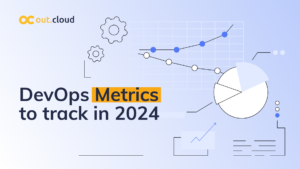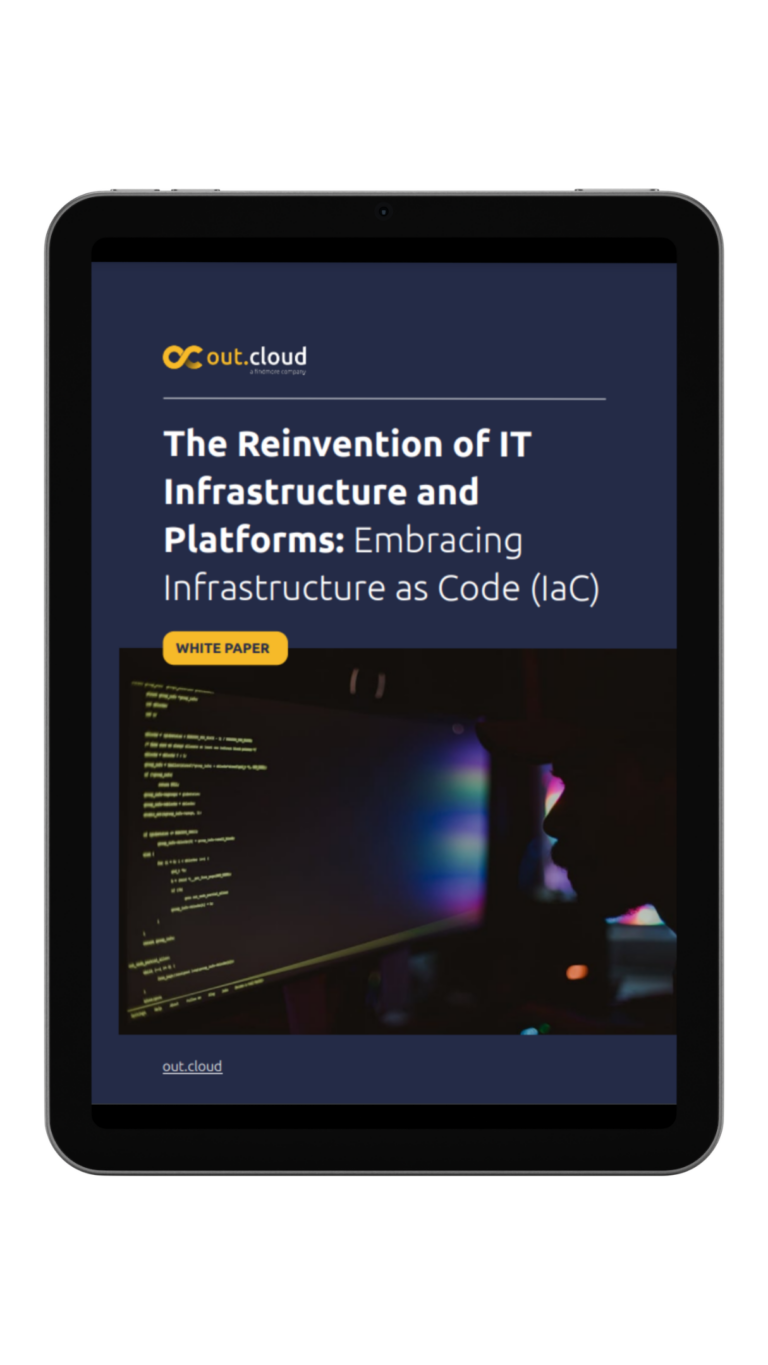Cloud computing has provided businesses of multiple industries with tools to drive digital transformation. Now, more than ever, organizations are moving their business to cloud platforms, focusing on reducing operational costs and continuing with their digital growth. Despite the multiple benefits that the cloud provides, it’s important to keep in mind the different advantages that contrasting cloud models ensure, and one in specific stand out: the hybrid cloud.
A hybrid cloud is a computing environment, a blend of a public cloud and a private cloud, an infrastructure where both clouds are combined. The hybrid model put simply, is a cloud computing strategy that focuses on the usefulness that two distinct models can deliver. Of course, choosing this type of model as a strategy depends on the business, its sector, dimension, and objectives. Although its appeal focuses on the amount of control provided, as well as the ability to customize the private end of the hybrid cloud to specific needs, there are plenty of other perks.
Why Go With a Hybrid Cloud?
Choosing a hybrid cloud solution supplies organizations with greater flexibility, such as remote working capabilities with on-demand access, regardless of location. It allows the movement of delicate data to private on-premises servers while making key applications and services available on the public cloud.
Although key features, most businesses have two goals in common, cost reduction and security. The hybrid cloud offers precisely that, it’s cost-effective as organizations pay for the public cloud portion of their infrastructure only when it’s needed and, at the same time, have in place high levels of protection. As expected, security is a big thing and although a public cloud is secure, it can be an easier target environment. Having a hybrid cloud means companies can weigh the security of a private cloud with the advantages and services of a public cloud. Plus, when passing information to the private cloud, there are higher security applications that can be implemented, such as complex encryption.
In sum, a hybrid cloud provides all the benefits of a regular cloud environment, specifically, integration, security, networking, and management, but applied to a partially internal environment.
Additionally, there is another important, if not crucial aspect to consider. Regardless of the type of cloud, private or public, the cloud provides on-demand storage, networking, and computing resources, becoming ideal for dynamic workloads like those from DevOps.
Combining A Hybrid Model With DevOps
More than a trend, DevOps is growing non-stop across the IT industry due to its ability to deliver applications faster and maintain an efficient development workflow. DevOps focuses on increasing collaboration between developers and Ops to improve processes and production releases, among others. As businesses continue to migrate to the cloud, there is an increasing focus on collaboration and the different ways on how IT organizations need to reshape their structure when migration to a cloud environment and this is the core of DevOps. As said previously, the goal is to become faster in reducing delivery time and even with a hybrid cloud solution, you need to implement a DevOps culture and establish what data will be kept on the private cloud, and what will be moved to the public cloud.
Objectively, both DevOps and the cloud pursue the same goals, and that is the deployment of new features as quickly as possible, avoiding any downtime. As DevOps focuses on software application lifecycle, testing, and production, it supplies development and operations teams with work together methodology, developing an operating environment for faster code execution and cost reduction. This powerful combination not only hardens DevOps but it also improves cloud integration, as well as its application development and methodology.
Ultimately, the hybrid cloud has become a favorite option among organizations due to its benefits with plenty of effective solutions for businesses that surpass the single use of a public cloud. Although the cost may be higher, it will be less costly in the future.In essence, this model provides flexibility and scalability while offering the ability to pay for additional resources only when needed, allowing the company to control costs. Becoming a choice to consider for organizations with dynamic workloads, large amounts of data, and a significant component of IT services.






